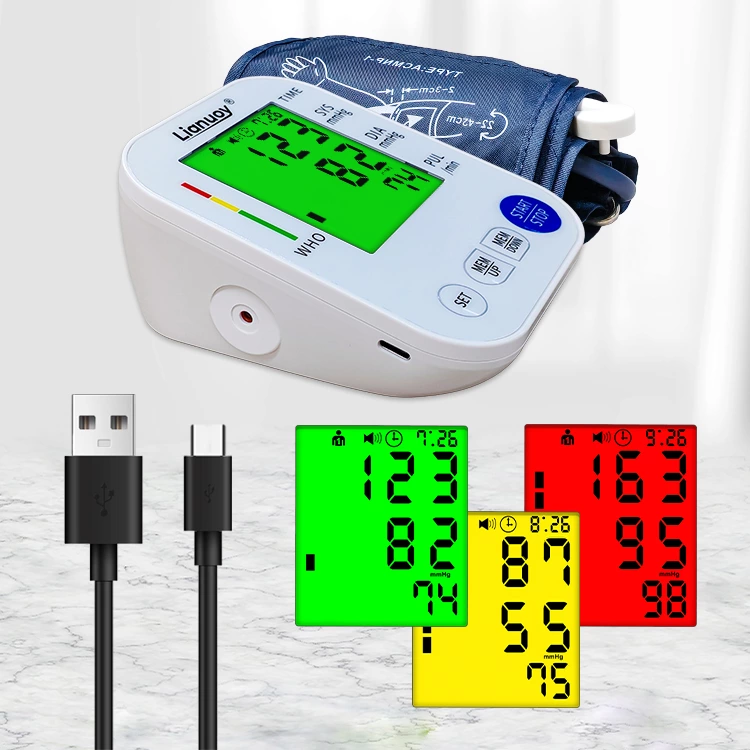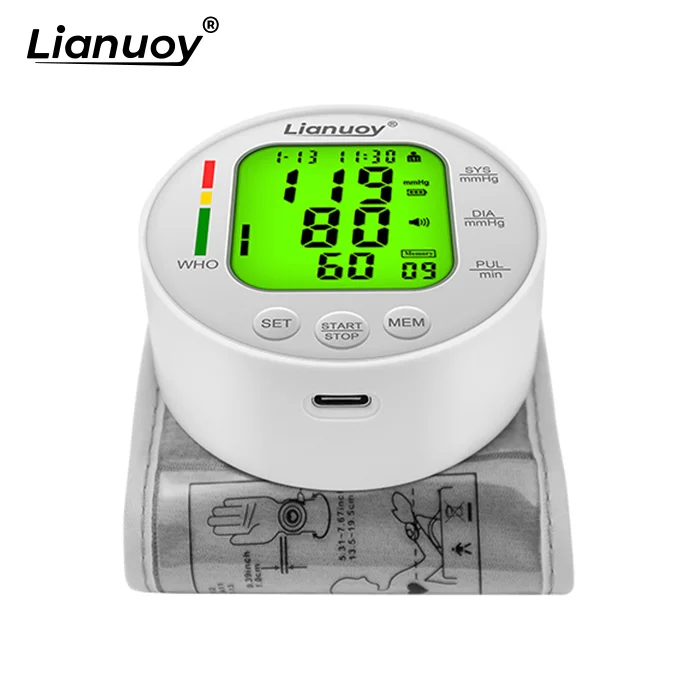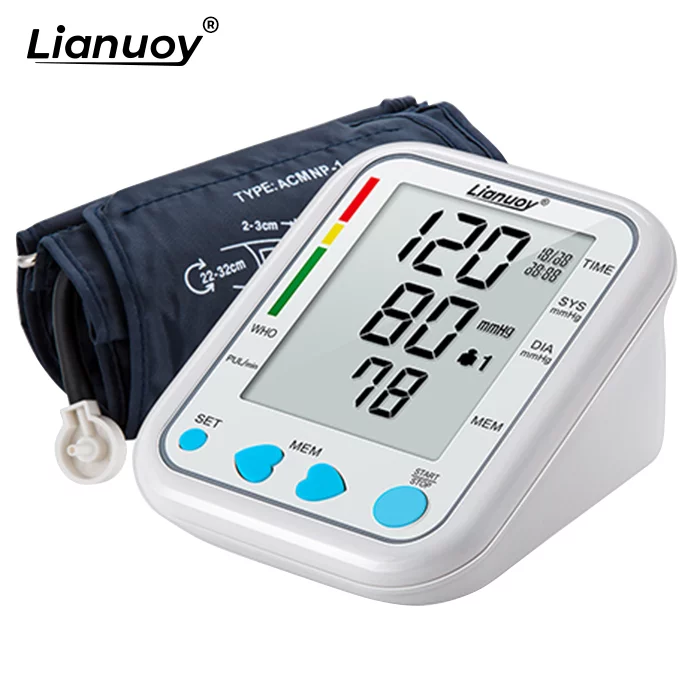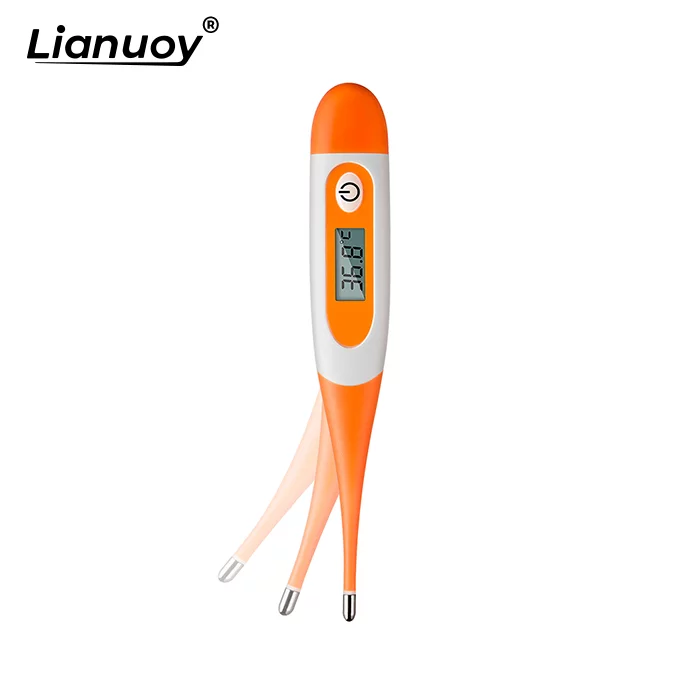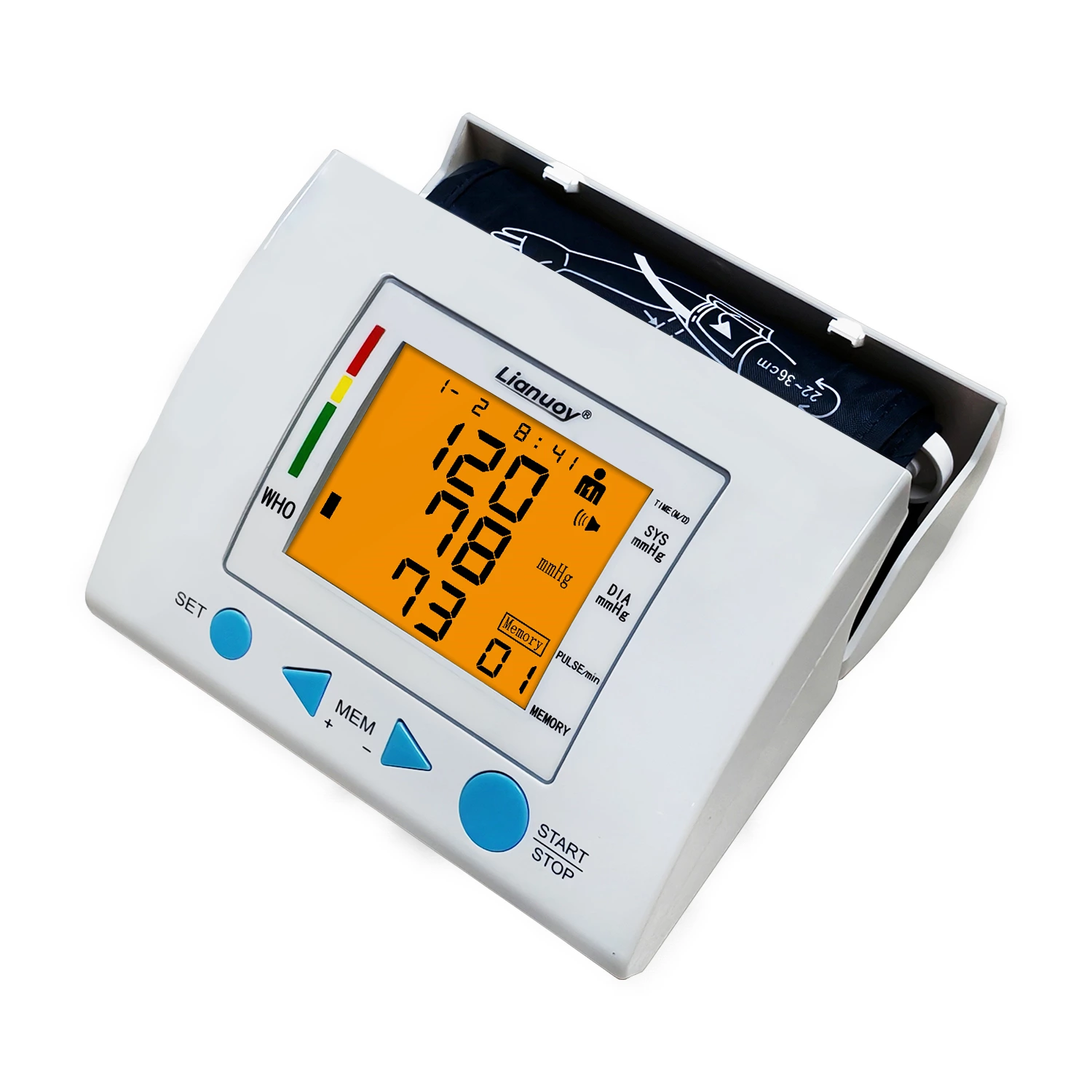Understanding Blood Pressure Monitors: A Complete Guide
Maintaining healthy blood pressure levels is essential for long-term wellness. With the increasing prevalence of hypertension worldwide, blood pressure monitors have become indispensable tools for both medical institutions and home users. Whether you are a healthcare professional or an individual looking to track your blood pressure daily, choosing the right device can make a significant difference.
What Is a Blood Pressure Monitor?
A blood pressure monitor, also known as a sphygmomanometer, is a medical device used to measure the pressure of blood against the walls of arteries. Regular monitoring helps detect early signs of hypertension, heart disease, or other related conditions.
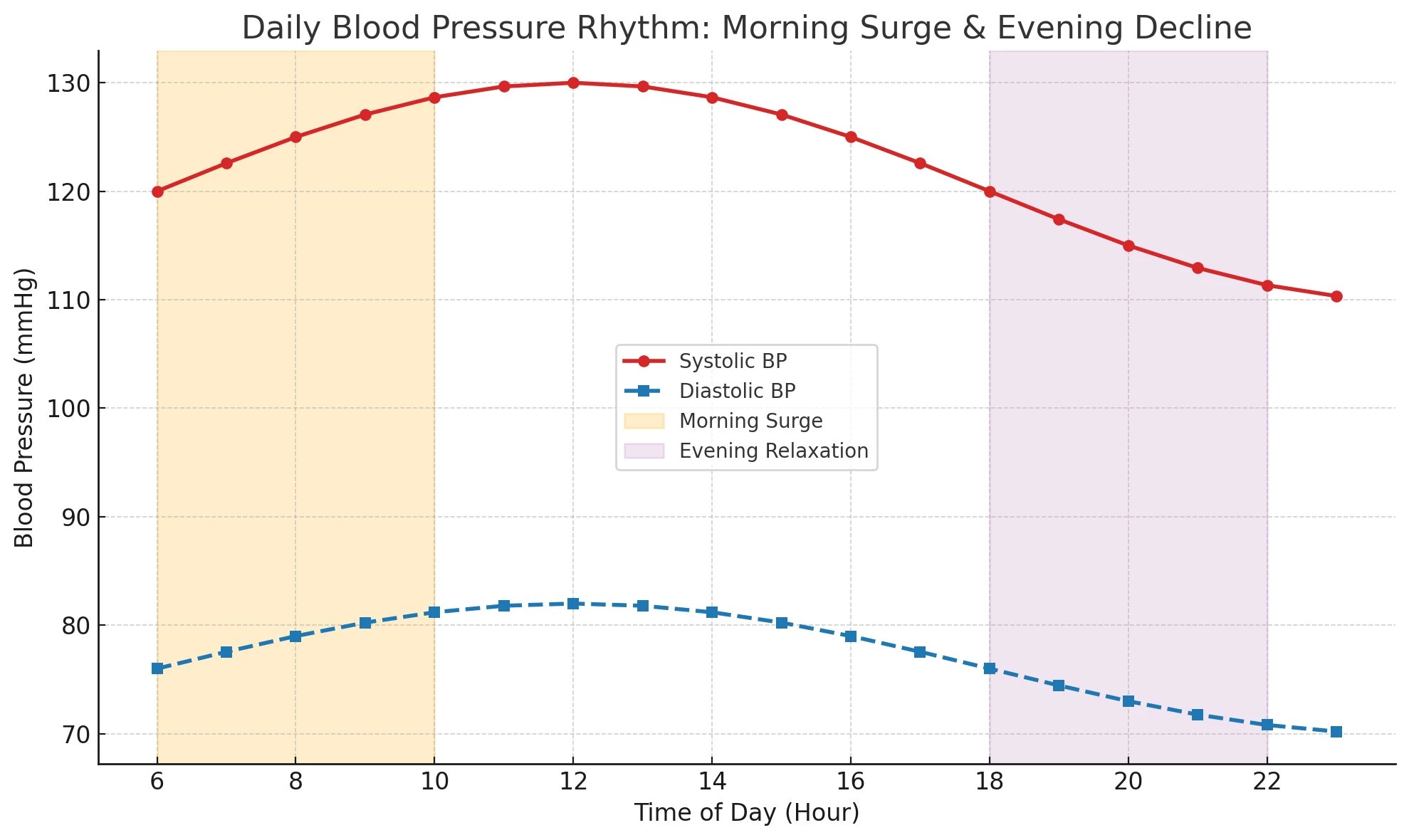
Why Is Blood Pressure Monitoring Important?
Early detection of hypertension – Early detection of hypertension: The early symptoms of hypertension are often atypical, and some patients have no obvious symptoms, so regular blood pressure measurement is crucial.
Home health management – A digital blood pressure monitor No professional training is required, ordinary users can complete the measurement by following the instructions. The automatic inflation and deflation function reduces human error and is suitable for home self-testing.allows patients to track daily readings without visiting a clinic.
Medical accuracy – Consistent measurements help doctors adjust treatment plans effectively.
Types of Blood Pressure Monitors
1. Upper Arm Blood Pressure Monitors
Considered the most accurate for home and clinical use.Commonly recommended by healthcare professionals.
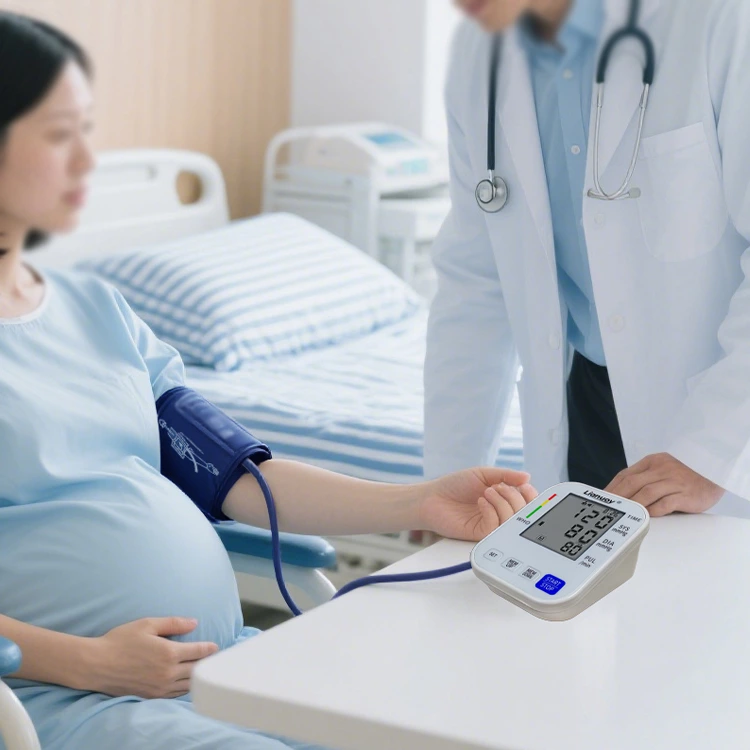
2. Wrist Blood Pressure Monitors
Compact and portable.Suitable for travel, though results may be more affected by positioning.
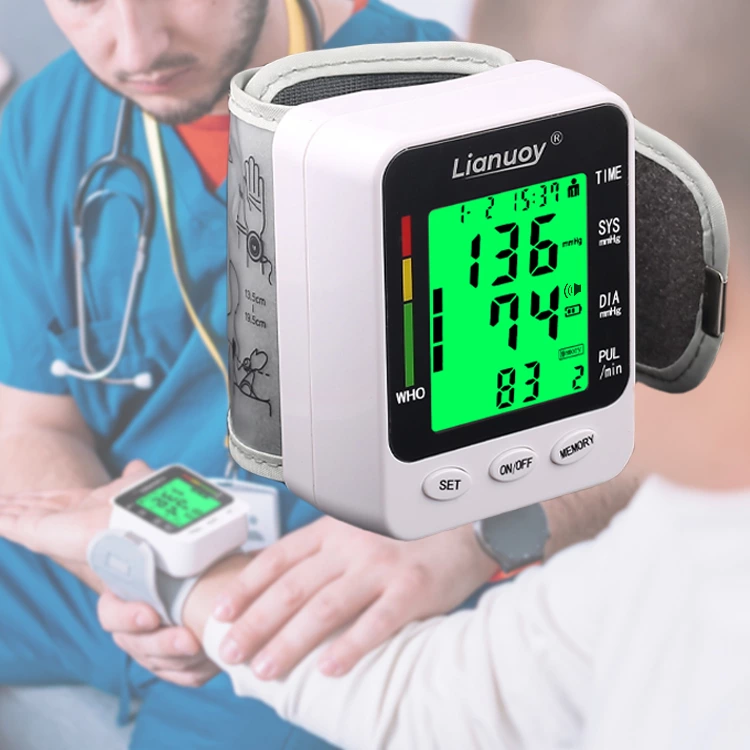
3. Manual vs. Digital Devices
Manual monitors are often used in hospitals.Digital blood pressure machines are user-friendly and ideal for personal use.
How to Choose the Right Blood Pressure Monitor,When selecting a device, consider the following:
Accuracy– Look for clinically validated models.
Ease of use – One-touch operation and large LCD screens are convenient for seniors.
Cuff size – Proper cuff fit ensures reliable readings.
Memory storage – Devices with data storage allow tracking of historical results.
Additional features – Voice broadcast, multiple user profiles, or smartphone connectivity.
Tips for Accurate Measurement at Home
Sit quietly for 5 minutes before measuring.
Keep your arm at heart level.
Avoid caffeine, alcohol, or exercise at least 30 minutes before measurement.
Take readings at the same time each day for consistency.
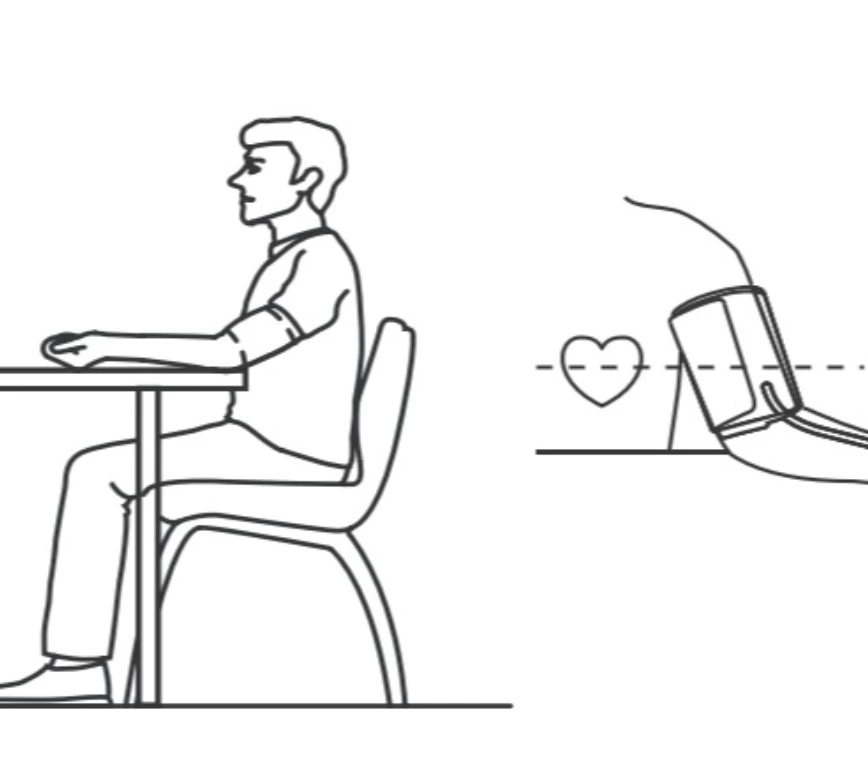
A home use blood pressure monitor is an essential investment for anyone who values preventive healthcare. By choosing the right device and using it properly, individuals can take control of their cardiovascular health and prevent serious complications.
If you are looking for reliable, factory-direct blood pressure monitors at wholesale prices, our company provides a wide range of models designed for both clinical and home use. Contact us today for more information.



